
The Man in the Iron Mask.

Haunting the Web Since 1999

And we know exactly whose fault it is. In response to the 35-year-old “WOW signal“, we the people of Earth have apparently chosen as our herald Stephen Colbert, whose response above will be broadcast in the direction of its origin by National Geographic via the Arecibo radio telescope.
Hrm….isn’t the Mighty Colbert a bit too droll for alien intelligences? I fear this will set off a Douglas Adams-style miscommunication that will end very badly for all parties involved. Second, why would any alien race be able to make sense of Prometheus? There was no sense there to be had.
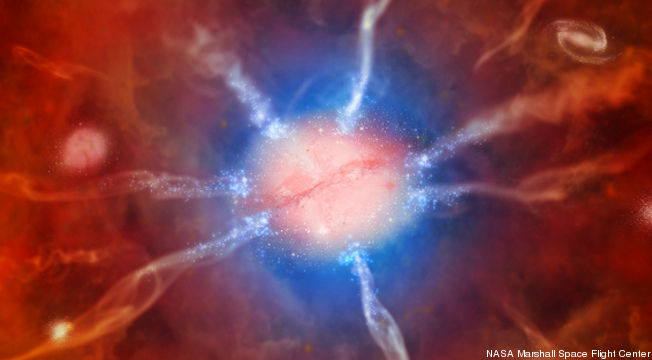
“These findings provide new insight into how the most massive galaxies in the Universe may have acquired their stars,’ said Michael McDonald, a scientist with the Massachusetts Institute of Technology (MIT), who led the study…’Our current understanding is that these massive galaxies assemble via mergers with smaller galaxies, but in this one cluster it looks like cooling-induced starbursts may be an equally important process.’“
Take that, Ed McMahon and Simon Cowell: Astronomers identify a galaxy cluster that is spewing out 3820 new stars a year, the fastest rate in the known universe. “Comparatively, the Milky Way forms stars at an average rate of just one solar mass (one star equal in mass to Earth’s Sun) per year. Other galaxies form an average of one star every 20 years.“
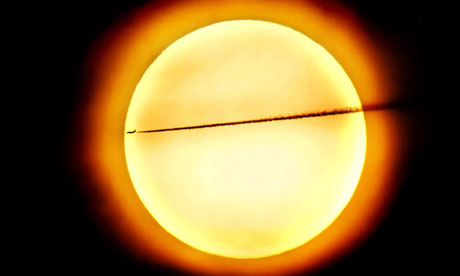
“The results were a big surprise. ‘We were shocked,’ says Kuhn. The sun doesn’t bulge much at all. It is 1.4m kilometres across, but the difference between its diameter at the equator and between the poles is only 10 kilometres.” Meanwhile closer to home, after fifty years of effort, astronomers conclude that our sun is the “most perfectly round natural object known in the universe.…Scaled to the size of a beachball, that difference is less than the width of a human hair.“

As broke everywhere last week, CERN appears to find evidence of neutrinos moving faster than light(!) — time travel possible which would, well, basically rewrite the laws of physics and make. (See what I did there? Anyway, kind of a big deal!)
Fermilab is currently trying to reproduce the results, but for now, the scientific community is, shall we say, skeptical. “Extraordinary claims require extraordinary evidence. I think it will be perceived in retrospect as an embarrassment that this claim received so much publicity–the inevitable consequence of posting a preprint on the Web.“
Update: Sorry, aspiring Marty McFlys: As expected, rumors of relativity’s demise have been greatly exaggerated. Here’s the rub: “[T]he distance that the neutrinos had to travel in their reference frame is longer than the distance that the neutrinos had to travel in our reference frame, because in our reference frame, the detector was moving towards the source.” Thus, thte experiment “helps to reinforce relativity rather than question it.”

On the subject of HIV, it looks like the enemy of our enemy is our friend: In a stunning feat of gene therapy, scientists have used a disabled version of HIV to successfully defeat leukemia. “Mr. Ludwig’s doctors have not claimed that he is cured — it is too soon to tell — nor have they declared victory over leukemia on the basis of this experiment, which involved only three patients…But scientists say [this] may signify a turning point in the long struggle to develop effective gene therapies against cancer…In essence, the team is using gene therapy to accomplish something that researchers have hoped to do for decades: train a person’s own immune system to kill cancer cells.”
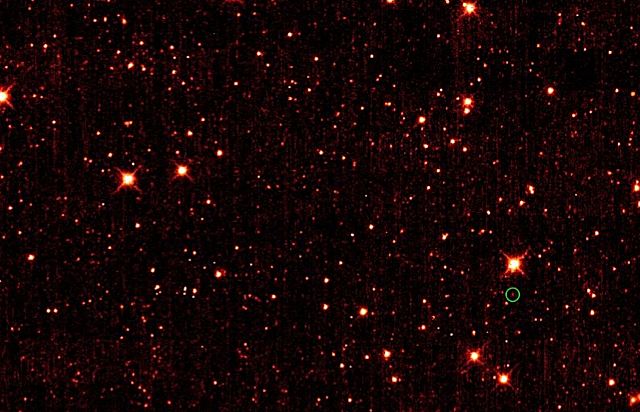
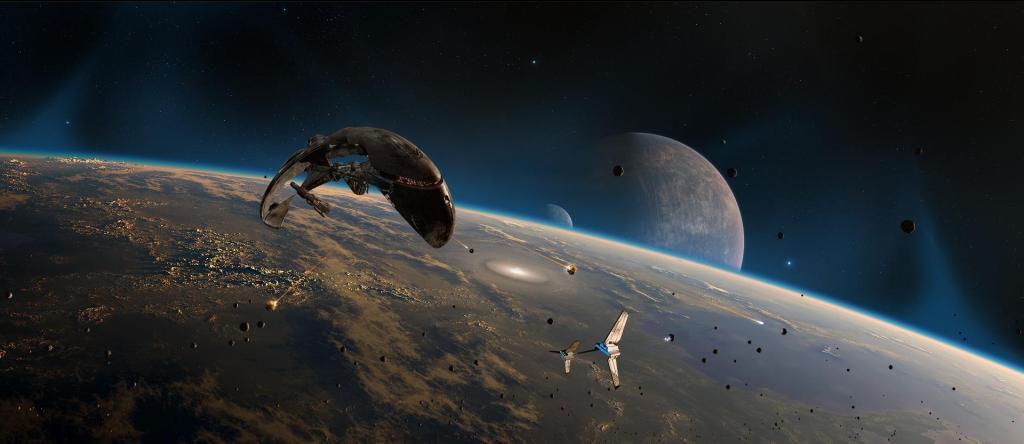
From the folks who brought you the Internet, DARPA announces the 100-Year Starship Study, offering $500,000 in seed money to whomever comes up with the best plan for developing the technology needed for interstellar travel. “To stimulate discussion on the research possibilities, DARPA officials will hold a symposium that brings together astrophysicists, engineers and even sci-fi writers so they can brainstorm what it would take to make this starship enterprise a success.“
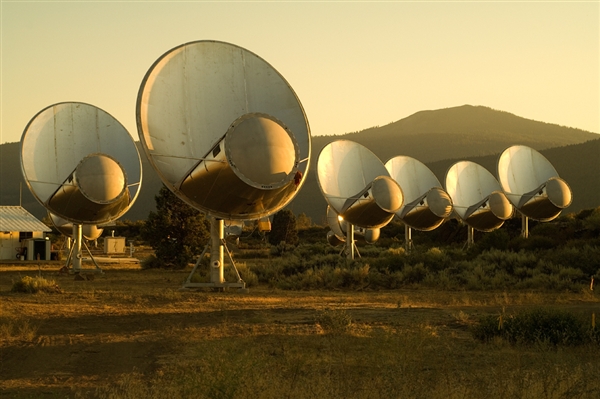

European astronomers find the farthest quasar yet discovered, 12.9 billion light years away and dating to only 770 million years after the Big Bang. “This brilliant beacon, powered by a black hole with a mass two billion times that of the Sun, is by far the brightest object yet discovered in the early Universe.“
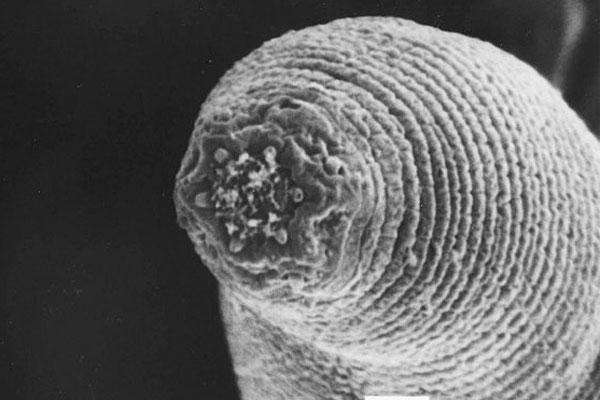
From a few weeks ago and languishing in the bookmarks, scientists find nematodes a mile below the Earth’s surface, raising the possibility of similar life on other worlds. The spice must flow… “The two lead researchers…said the discovery of creatures so far below ground, with nervous, digestive and reproductive systems, was akin to finding ‘Moby Dick in Lake Ontario.‘”